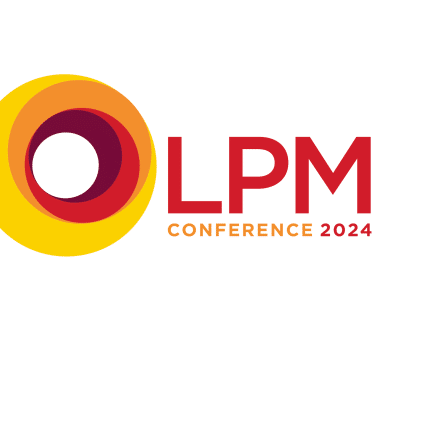
Securing the best PII renewal terms
When it comes to securing the best terms at renewal, firms’ ability to mitigate and manage the risk associated with their specialism remained as pivotal as ever, says Brian Boehmer, partner at Lockton
The recent positive trend in the solicitors’ professional indemnity insurance (PII) market continued this October, thanks in part to the appetite among leading insurers to grow their portfolios, coupled with the entrance of new capacity into the market. These factors have served to heighten competition, bringing about a more active, buoyant PII market on the whole.
For firms, this has resulted in favourable outcomes. Fee incomes – one of the biggest influencing factors on premiums charged – have increased in recent months, reflecting a period of success for many law firms. Of the practices that Lockton proudly represents, firms enjoyed an average increase of 11.39% at this season’s renewal.
Premiums, by contrast, rose a comparatively modest 3.36%, equating to a reduction of 3.82% in the rate applied to fees. Pleasingly, this meant that the cost of PII did not eat into firms’ profit margins.
These positive adjustments, while good news for firms, aren’t necessarily reflective of the general claims environment within the legal profession. Notification volumes have not seen notable reductions, nor have the value of claims. Rather, with rising contract values, along with the continued increase in the value of assets, the severity of claims is becoming greater, not smaller. Instead, with insurers keen to fill their budgets, some underwriters threw caution to the wind, taking advantage of opportunities that may have been considered borderline not too long ago.
Although most firms will be exiting the renewal season on a high, not all will have been left with a positive impression. Likely to have suffered again are those with a modest fee income, or whose practice profile includes higher-risk areas, such as conveyancing.
These firms are not bad, rather, the harsh reality is that the insurance market takes its decisions based on purely economic factors, the major one being affordability. Insurers’ claims experience dictates they must look to charge a minimum premium if a firm undertakes certain areas of practice that are perceived as higher risk, regardless of how small a percentage of total work originates from these activities. If the practice’s fee income cannot sustainably afford to pay this amount, then an insurer is highly unlikely to wish to offer terms.
When it comes to securing the best terms at renewal, firms’ ability to mitigate and manage the risk associated with their specialism remained as pivotal as ever. Underwriter requirements vary across areas of practice, but general points of scrutiny included firms’ cyber resilience, financial stability, and M&A strategy, among others. Moving forward, providing insurers with relevant supporting information on these points is crucial, and will give firms the best chance of capitalising on an improving market.



